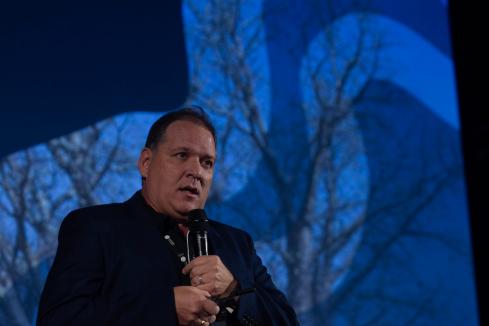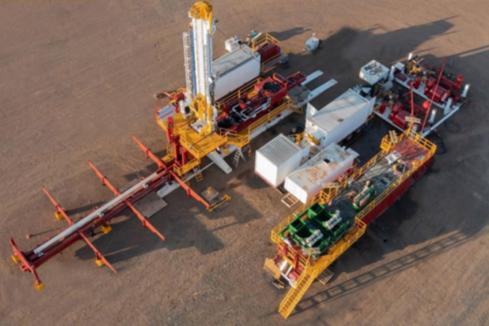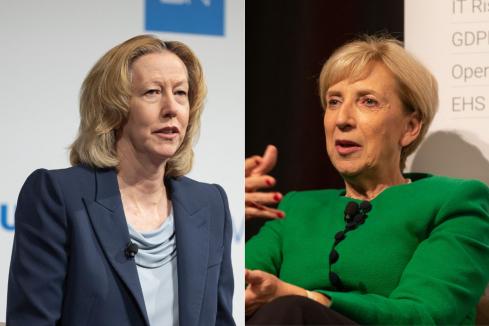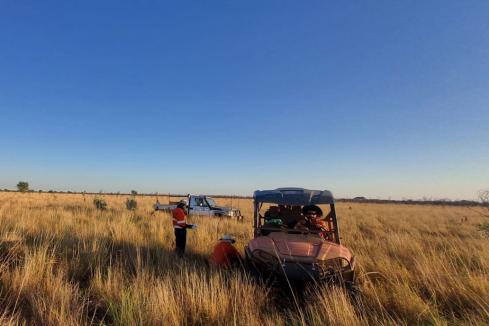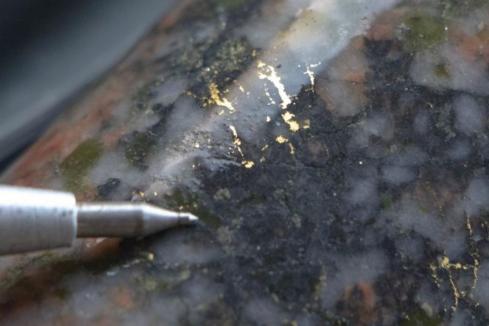In the first of a quarterly series on executive remuneration, we find that listed companies of all sizes have started cutting chief executive salaries but are still designing packages that offer plenty of upside.

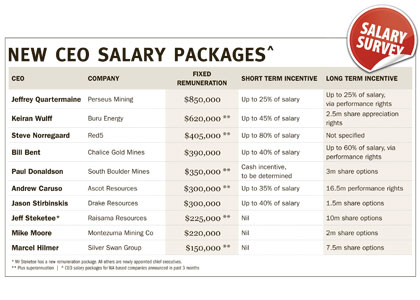
In the first of a quarterly series on executive remuneration, we find that listed companies of all sizes have started cutting chief executive salaries but are still designing packages that offer plenty of upside.
IT’S an emerging trend that extends from junior explorers such as Raisama Resources to mid-cap miner Perseus Mining and international contractor Boart Longyear - all have cut chief executive salaries this year.
Raisama is perhaps the most notable because it has cut the salary of a serving chief executive, with Jeff Steketee’s salary to drop from $325,000 to $225,000 (or $250,000 upon settlement of a dispute with Blade Petroleum).
Perseus took the opportunity posed by the replacement of long-serving chief executive Mark Calderwood to recast its salary structure. New chief executive Jeff Quartermaine has an annual salary of $850,000, down from the $925,000 paid to his predecessor.
Boart Longyear, which is based in the US but listed in Australia, made an even bigger cut.
New chief executive Richard O’Brien is on a $US750,000 salary, well below the $US1 million per year paid to his predecessor, Craig Kipp.
Mr O’Brien’s new salary is also well below the income he was getting at his last job, at gold miner Newmont.
These salary cuts reflect the increasing focus on cost control in the business sector, but they do not tell the full story.
In all of these cases, the chief executives have potential to substantially bolster their income via annual bonuses and long-term incentives schemes.
It’s a similar story across corporate Western Australia, judging by a WA Business News review of chief executive salary packages announced over the past three months.
They range from Silver Swan Group’s Marcel Hilmer, whose base salary is a modest $150,000 per year, and Montezuma Mining Company’s Mike Moore on $220,000, up to Mr Quartermaine’s salary (see table).
The amount that will actually be paid to these chief executives will in most cases differ widely from their base salary, after factoring in bonuses and equity incentives.
Among local companies with a new chief executive, Philippines-focused gold explorer Red 5 has the most generous bonus scheme.
Its chief executive, Steve Norregaard, can earn a short-term bonus up to 80 per cent of his $405,000 salary.
At other companies, the annual bonus is capped at a lower level: Ascot Resources has capped Andrew Caruso’s annual bonus at 35 per cent of his salary, while Drake Resources has capped Jason Stirbinskis’ bonus at 40 per cent of his salary.
Its impossible to tell from the outside the likelihood of these chief executives getting their annual bonus.
Most companies disclose little, if any, information about how the bonus will be determined.
Perseus, for instance, simply says it is subject to achievement of pre-agreed KPIs, while Buru Energy says it is “at board discretion having regard to performance”.
Red5 was slightly more expansive than its peers; it stated that the annual bonus would be related 80 per cent to key operating performance and 20 per cent to share price performance, but did not elaborate.
The big upside for these chief executives comes from their long-term incentive schemes.
Colombian-focused coal explorer Ascot Resources has agreed to issue 16.5 million performance rights to Andrew Caruso, under a new employee incentive scheme that is in the process of being established.
The vesting of the performance rights (which normally allows the holder to convert them to ordinary shares at no cost) will occur if he achieves three goals - stays in the job for 18 months, lifts the share price to 35 cents, and achieves a measured coal resource of 20 million tonnes.
The share price target compares to a current price of17 cents.
Raisama’s Mr Steketee also has plenty of upside, after the board agreed to grant him (and fellow executive director Jim Durrant) 10 million share options with a December 2014 expiry and 5 cents exercise price.
That is about double the current price and follows two recent capital raisings, priced at 1.5 cents and 2 cents.
Chairman David Berrie said the new employment contract was a condition of the Albers Group’s investment in the company.
“The non-executive directors are pleased with the new employment agreements ... which lock in cost savings and incentivise management to increase shareholder value in the near term,” he said.
Oil and gas explorer Buru Energy has taken a different tack to most of its peers, through its use of share appreciation rights (SAR).
Each SAR entitles new chief executive Keiran Wulff to the increase in value of one Buru share above a specified base price.
He is to be granted 1 million SARs with a base price that is 50 per cent above the market price at the time he started with the company.
In other words, the share price needs to lift by 50 per cent before he makes any money on the SARs; beyond that point, it’s all blue sky.
A second tranche of 1.5 million SARs has a base price that is double the prevailing market price.
The incentive schemes put in place by local companies pale next to that of Boart Longyear.
The company announced this week that Mr O’Brien will get a sign-on bonus, in the form of equity incentives with a target value of $US5 million.
Like his predecessor, he will have a short-term incentive scheme with a ‘target’ annual bonus of 100 per cent of base salary.
But that isn’t the cap; the maximum annual bonus, based on ‘superior’ performance, is actually 200 per cent of base salary.
In addition, he will have an annual long-term incentive scheme with a target value of $US2.5 million.
The cream on top will be an automotive allowance of $US980 bi-weekly, but we’re not sure if that will be paid twice a week or once a fortnight.






